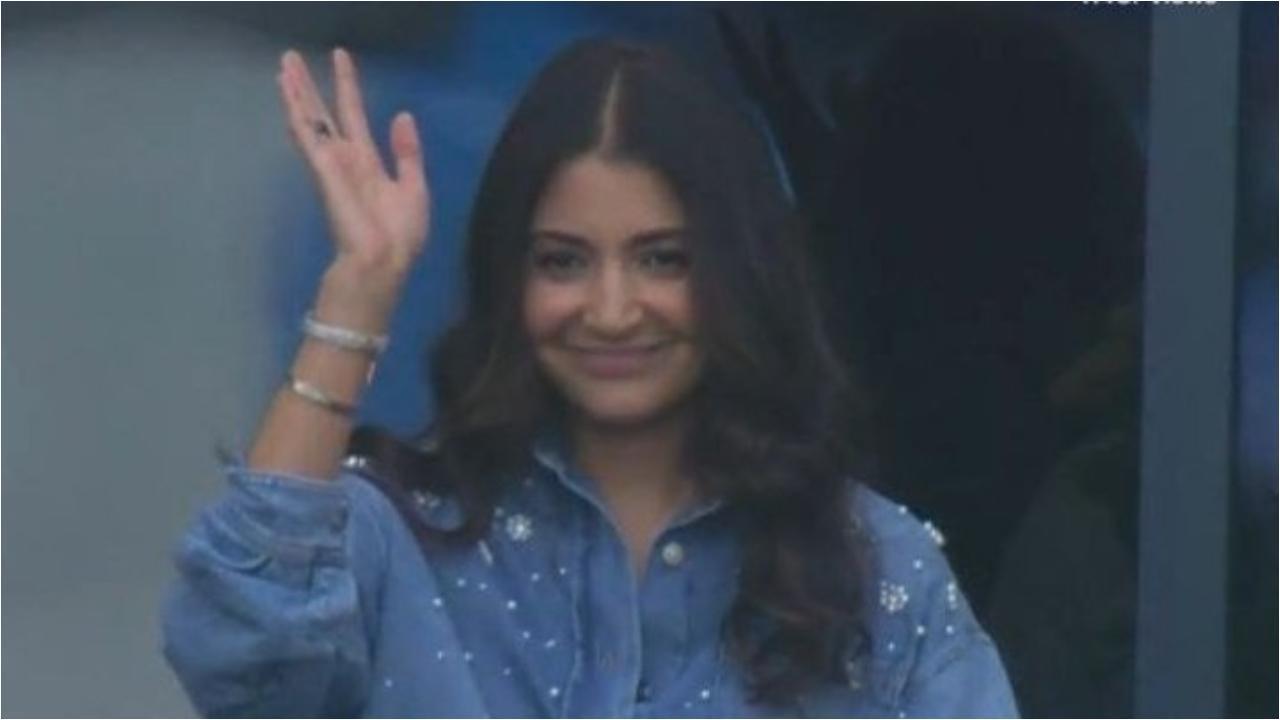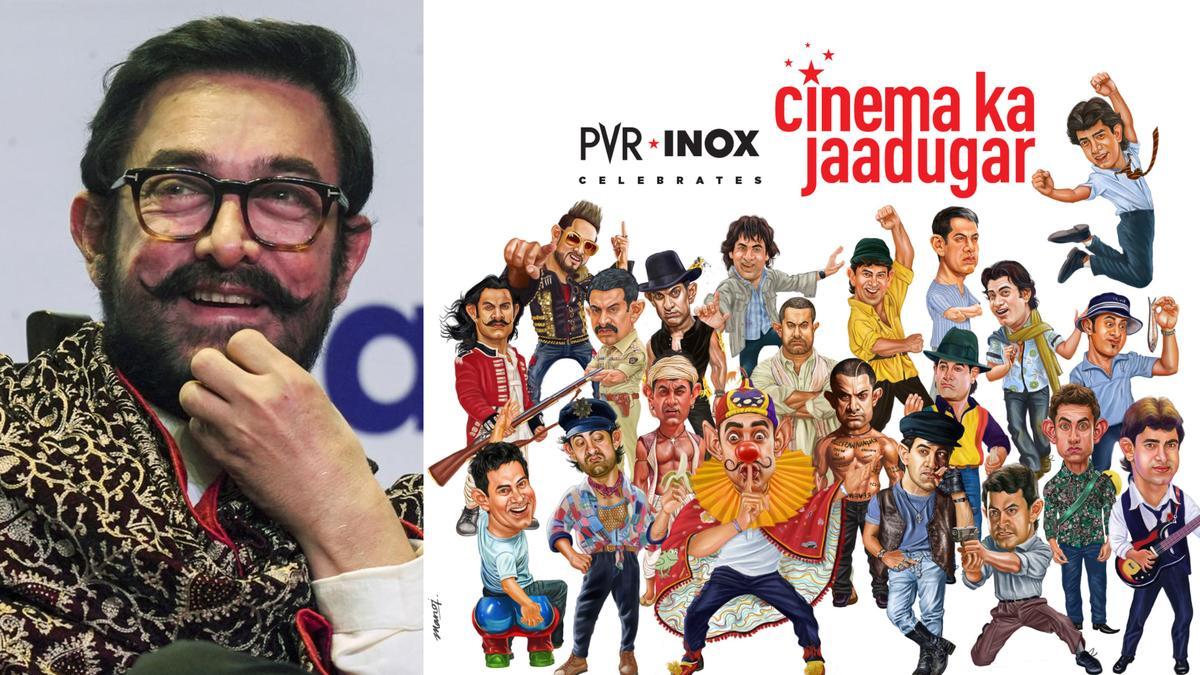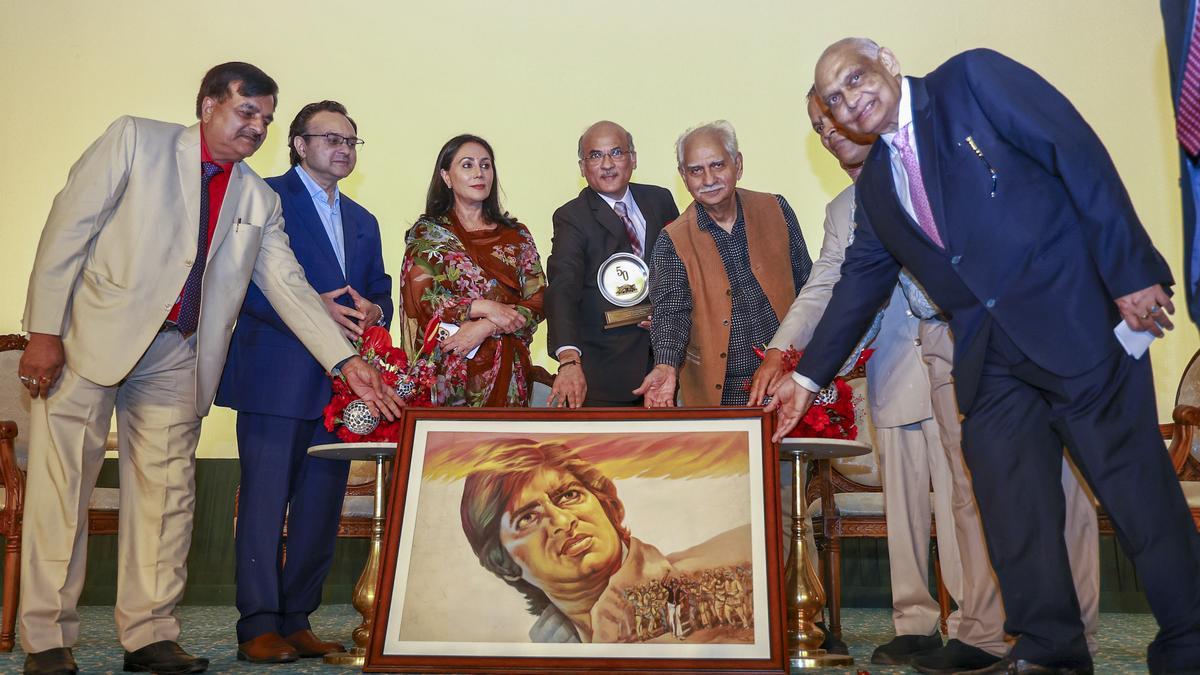![]()
In the annals of Hindu mythology, the narrative of Goddess Kali commands awe and reverence, especially within Bengali households where tales of her power echo through generations. One ancient story recounts the gods’ inability to quell the chaos sown by the malevolent asuras. It was Kali, in her fearsome avatar, who emerged to restore order. Her depiction is arresting – donning a necklace of human skulls, brandishing a bloodied sickle, and carrying a severed demon head, all while black tresses billow around her and her right foot presses upon the chest of a tranquil Shiva. This momentous image, portrayed in one of the earliest paintings of Kali, finds its origins in the 5th century Puranic text, Devi Mahatmyam.
This depiction of her Dakshinakali form, layered with dark blue hues and gold ornamentation and punctuated by a protruding, bloodied tongue beneath a divine halo, resonates throughout DAG’s group show titled “Kali: Reverence & Rebellion.” The exhibition showcases her multifaceted persona over three centuries of imagemaking, featuring works by unidentified artists like the early Bengal School painting of Dakshinakali and a German porcelain sculpture portraying the same form.
Curator Gayatri Sinha has undertaken the formidable task of presenting a coherent visual evolution of Kali’s image interconnected with societal shifts. “The primary challenge was to display a consistent history of the evolution of Kali’s image, and to link it with social phenomena,” Sinha explains. She examines how different disenfranchised communities have embraced the goddess and notes that Kali, once misconstrued as monstrous during colonial rule, became a symbol of aspiration for those seeking inclusion and power.
One Saturday morning, I find myself among a crowd of 40, absorbed in Sinha’s walkthrough at DAG’s naturally lit Delhi gallery. Separated into distinct sections, the exhibition guides us through Kali’s expanding influence across the subcontinent, exemplified by mediums ranging from miniatures and international painters’ canvases to sculptures and breastplates. A particular 19th-century European portrayal of Kali stands out, displaying subdued color tones reminiscent of continental classical art, a stark contrast to the more vivid indigenous renditions.
The show delves into her more benevolent forms from the 16th and 17th centuries – the universal mothers Jagaddhatri and Tripura Sundari. Kashmiri artist Gulam Rasool Santosh, a pivotal figure in India’s Neo-Tantra art movement, captures the tantric essence of Kali worship through geometric acrylics on canvas, with chakras symbolizing the goddess’s body.
A compelling transition occurs with permutations of Kali as an icon of defiance, particularly in the 20th century. Artwork from National Press Cawnpore adapts Subhash Chandra Bose with Chhinnamasta’s iconography, a poignant beckoning for participation in India’s freedom struggle. A 1917 frontispiece for James Campbell Kerr’s report depicts a bare-breasted Kali, garlanded with the heads of Englishmen – a visceral image meant to incite the populace and proclaim her as a figure leading the Indian rebellion.
Sinha articulates the multifaceted reverence for Kali across various Shakti peethas and communities, highlighting her identification with subaltern and protest movements. One cultural manifestation is Kerala’s Theyyam performance, venerating Bhadrakali for her advocacy for justice, women’s dignity, and the oppressed. This theatre, performed by Dalit men, elevates her as a social equalizer.
Modern interpretations also abound in the exhibition, with contributions from renowned artists such as M.F. Husain’s alluring sketch of Kali, Satish Gujral’s primitive burnt wood sculpture from his post-1984 Sikh riots series, or Chittaprosad Bhattacharya’s portrayal of the eight-armed goddess Durga. The varied exhibits spotlight the divine subject chosen by countless Indian modernists. Ashish Anand, CEO and managing director of DAG, emphasizes Kali’s significance, mentioning Tyeb Mehta’s interpretation and Nirode Mazumdar’s expressionistic works that defy traditional depictions.
Sinha’s curation and the accompanying eponymous publication chart Kali’s multifarious journey through religious, historical, political, and gendered lens throughout Indian history. Anand assures that this visually enriching narrative and the exhibition itself will afterward make its way to DAG’s Mumbai and Kolkata galleries.
“Kali: Reverence & Rebellion” remains on display at the DAG, New Delhi, until the end of March for those wishing to witness the transformation of a goddess’s image from its tantric origins to a modern symbol of empowerment and rebellion.










